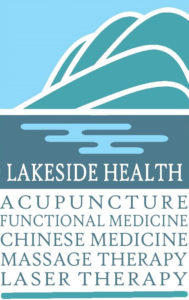TENDINITIS AND MYOFASCIAL PAIN BENEFITS
Acute tendinitis had the best response
Logdberg-Anersson et al, Laser Therapy 1997 (9) pp.79-86FRACTURES
Laser creates an increase in Osteoblasts & Calcium
Pinheiro L., Photomed Laser Surg. 2006 Jun;24(2):169-171LLLT USING A DIODE LASER IN SUCCESSFUL TREATMENT OF A HERNIATED LUMBAR/SACRAL DISC, WITH MAGNETIC RESONANCE IMAGING (MRI) ASSESSMENT: A CASE REPORT
A 40-year-old woman presented at the Abe Orthopedic Clinic with a 2-year history of lower hack pain and pain in the left hip and leg diagnosed as a ruptured disc between the 5th lumbar/lst sacral vertebrae. The condition had failed to respond to conventional treatment methods including pelvic traction, nonsteroid anti-inflammatory drugs and aural block anesthetic injections. MRI scans were made of the affected disc, showing it protruding on the left side through the aural membrane. The gallium aluminum arsenide (GaAlAs) diode laser (830 nm, 60 mW) was used in outpatient therapy. and after 7 months, the patient’s condition had dramatically improved. demonstrated by motility exercises. This improvement was confirmed by further MRI scans, which showed clearly the normal condition of the previously herniated L5/SI disc.
Tatsuhide Abe,Abe Orthopaedic Clinic Futuoka City Fukuoka Prefecture Japan X12′THE EFFECT OF INFRARED LASER IRRADIATION ON THE DURATION AND SEVERITY OF POSTOPERATIVE PAIN: A DOUBLE BLIND TRIAL
This trial was designed to test the hypothesis that LLLT reduces the extent and duration of postoperative pain. Twenty consecutive patients for elective cholecystectomy were randomly allocated for either LLLT or as controls. The trial was double blind. Patients for LLLT received 6-8-min treatment (GaAlAs: 830 nm: 60 mW CW: CM) to the wound area immediately following skin closure. Control patients assessed their overall pain as moderate to severe compared with mild to moderate in the LLLT group. The results justify further evaluation on a larger trial population.
Kevin C. Moore, Naru Hira, Ian J. Broome* and John A. Cruikshank Departments of Anaesthesia and General Surgery, The Royal Oldham Hospital, Oldham, U.K *Department of Anaesthesia, The Royal Hallamshire Hospital, Sheffield, U.K., General Practitioner, Pennymeadow Clinic, Ashton-under-Lyne, U.K.


